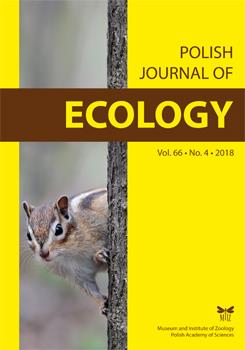One hundred and five alpine accentors Prunella collaris (Scopoli, 1786) and ninety four dunnocks Prunella modularis (Linnaeus, 1758) were captured in the West Carpathian Mountains of Slovakia in order to compare the morphology of their Ischnoceran parasites Philopterus emiliae Balát 1985 and Philopterus modularis (Denny, 1842), respectively. In the case of both host species, the largest bodied lice occurred in winter, before the beginning of the host breeding season. Lice collected during the host breeding season were smaller in size than those collected in winter. Lice collected in the autumn, following postnuptial molt were even smaller in size. The largest lice were found on the bodies of host individuals with relatively long wings. The lice Ph. emiliae also differed in shape. In winter, the relative size of the head was large, while in the autumn, the head was proportionately smaller in size, compared to other body regions. Adult lice Ph. modularis also tended to have larger heads in April than in July. Measurements of lice over an eleven year period from the same site yielded differences in shape, but not in size. This study is one of the first assessments of seasonal variation in morphology of lice.
How to translate text using browser tools
21 February 2019
Adaptive Plasticity in Insect Parasites – Philopterus Lice and their Accentor Passerine Hosts
Marián Janiga
ACCESS THE FULL ARTICLE

Polish Journal of Ecology
Vol. 66 • No. 4
December 2018
Vol. 66 • No. 4
December 2018
adaptive canalization
coevolutionary eco-morphology
Philopterus
Plasticity
Prunella collaris
Prunella modularis




